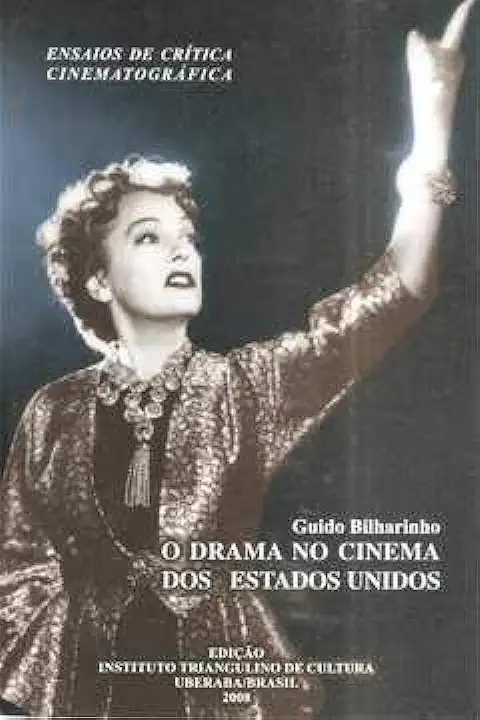
Drama in American Cinema - Guido Bilharinho
Drama in American Cinema: A Comprehensive History
Introduction
In this comprehensive and engaging book, Guido Bilharinho takes readers on a journey through the history of drama in American cinema. From the early days of silent films to the present day, Bilharinho explores the evolution of the genre, its key players, and its impact on society.
The Early Years
The early years of drama in American cinema were marked by the rise of silent films. These films, which featured no dialogue, relied on visual storytelling and acting to convey their messages. Some of the most famous silent dramas include D.W. Griffith's The Birth of a Nation (1915) and Intolerance (1916), as well as Charlie Chaplin's The Kid (1921).
The Golden Age of Hollywood
The 1930s and 1940s are considered the golden age of Hollywood, and this period saw the production of some of the most iconic dramas in American cinema. These films, which often featured big-name stars and lavish productions, explored a wide range of social and political issues. Some of the most famous dramas of this era include Citizen Kane (1941), Casablanca (1942), and The Grapes of Wrath (1940).
The New Hollywood
The 1960s and 1970s saw a major shift in American cinema, with the rise of the New Hollywood movement. This movement was characterized by a rejection of the traditional studio system and a focus on more personal and independent filmmaking. Some of the most famous dramas of this era include Bonnie and Clyde (1967), The Godfather (1972), and Taxi Driver (1976).
The Modern Era
In the modern era, drama has continued to thrive in American cinema. Some of the most acclaimed dramas of recent years include Schindler's List (1993), The Shawshank Redemption (1994), and 12 Years a Slave (2013). These films have explored a wide range of topics, from the Holocaust to racial injustice, and have had a profound impact on audiences around the world.
Conclusion
Drama is one of the most important and enduring genres in American cinema. From the early days of silent films to the present day, drama has provided audiences with a powerful way to experience the human condition. In this comprehensive and engaging book, Guido Bilharinho takes readers on a journey through the history of drama in American cinema, exploring its evolution, its key players, and its impact on society.
Why You Should Read This Book
If you are a fan of drama, or if you are simply interested in the history of American cinema, then this book is a must-read. Bilharinho's writing is clear and engaging, and he provides a wealth of information about the genre. This book is sure to appeal to a wide range of readers, and it is a valuable addition to any library.